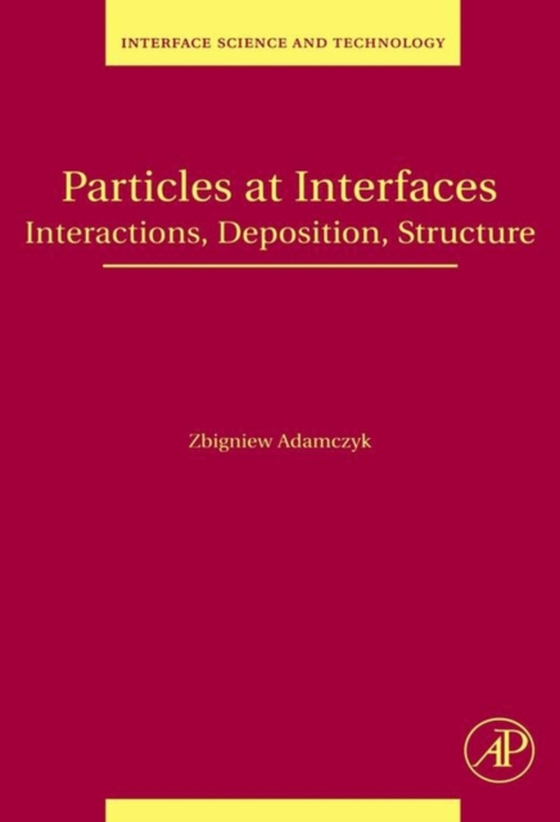
Particles at Interfaces e-bog
2190,77 DKK
(inkl. moms 2738,46 DKK)
Particles at Interfaces presents recent developments in this growing field and is devoted entirely to the subject of particle transport, deposition and structuring on boundary surfaces. The complex problems which have been studied include concentrated systems of polydisperse and non-spherical particles, bio-particles such as DNA fragments, proteins, viruses, bacteria, cells, polymers, etc. Thes...
E-bog
2190,77 DKK
Forlag
Academic Press
Udgivet
9 december 2006
Længde
758 sider
Genrer
PNRC
Sprog
English
Format
pdf
Beskyttelse
LCP
ISBN
9780080464954
Particles at Interfaces presents recent developments in this growing field and is devoted entirely to the subject of particle transport, deposition and structuring on boundary surfaces. The complex problems which have been studied include concentrated systems of polydisperse and non-spherical particles, bio-particles such as DNA fragments, proteins, viruses, bacteria, cells, polymers, etc. These complex structures undergo transformations under the action of surface forces. Particles at Interfaces provides readily accessible reference data and equations for estimating basic effects, and is mainly addressed to students and young scientists. Consequently, most approaches are of a phenomenological nature, enabling one to derive concrete expressions which describe the basic physics of the problem under consideration. To facilitate access to the information contained in the book most of the relevant formulae and results are compiled in Tables, accompanied with appropriate diagrams. The math is limited to the necessary minimum with emphasis on the physics of the phenomena, defining why they occur, what the kinetics of the processes and the practical implications are. Fill a substantial gap in the subject of particle transport, deposition and structuring on boundary surfaces Combines traditional theories of electrostatics, hydrodynamics and transport with new approaches Provides readily accessible reference data and equations for estimating basic effects
 Dansk
Dansk

